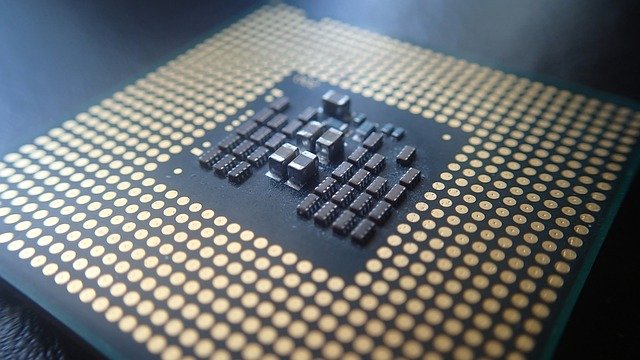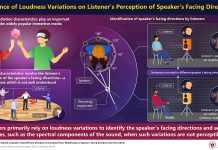
In a new study, researchers have created a prototype “computer-on-a-chip”.
According to the researchers, the prototype’s data processing and memory circuits use less than electricity.
It only uses a tenth as much electricity as a current comparable electronic device.
The new prototype could perform many advanced computing functions.
In the study, the team aimed at an entire computer onto a single chip that has processing circuits, memory storage, and power supply to perform tasks.
With machine learning, the new computer prototype could make decisions such as when to water.
With wireless technology, the new computer prototype could send and receive data over the internet.
The team builds the prototype around a new data storage technology called RRAM (resistive random access memory).
It has three important technique features:
High storage density: this could pack more data into less space than other forms of memory;
High energy efficiency: this won’t overtax limited power supplies;
High ability to retain data: the team designed it to do as an energy-saving tactic.
The team improved the storage capacity of RRAM. They increased how much information each storage unit can hold.
They also developed an algorithm to prevent chip’s memory cells from exhaustion. The new prototype has a lifespan of 10 years.
The team will present the computer-on-a-chip prototype at the International Solid-State Circuits Conference in San Francisco.
One researcher of the study is Subhasish Mitra, a professor of electrical engineering and of computer science at Stanford University.
Additional researchers are from Stanford, CEA-LETI, and Nanyang Technical University in Singapore.
Copyright © 2019 Knowridge Science Report. All rights reserved.



